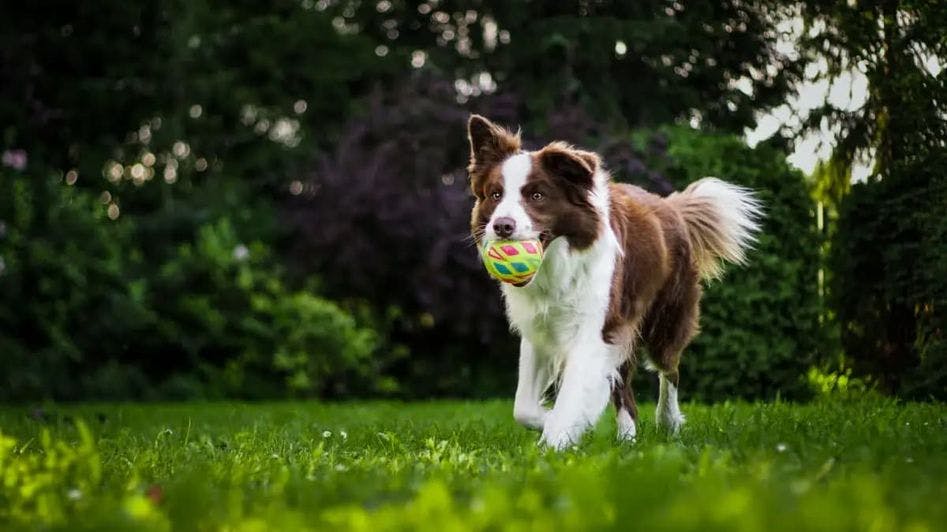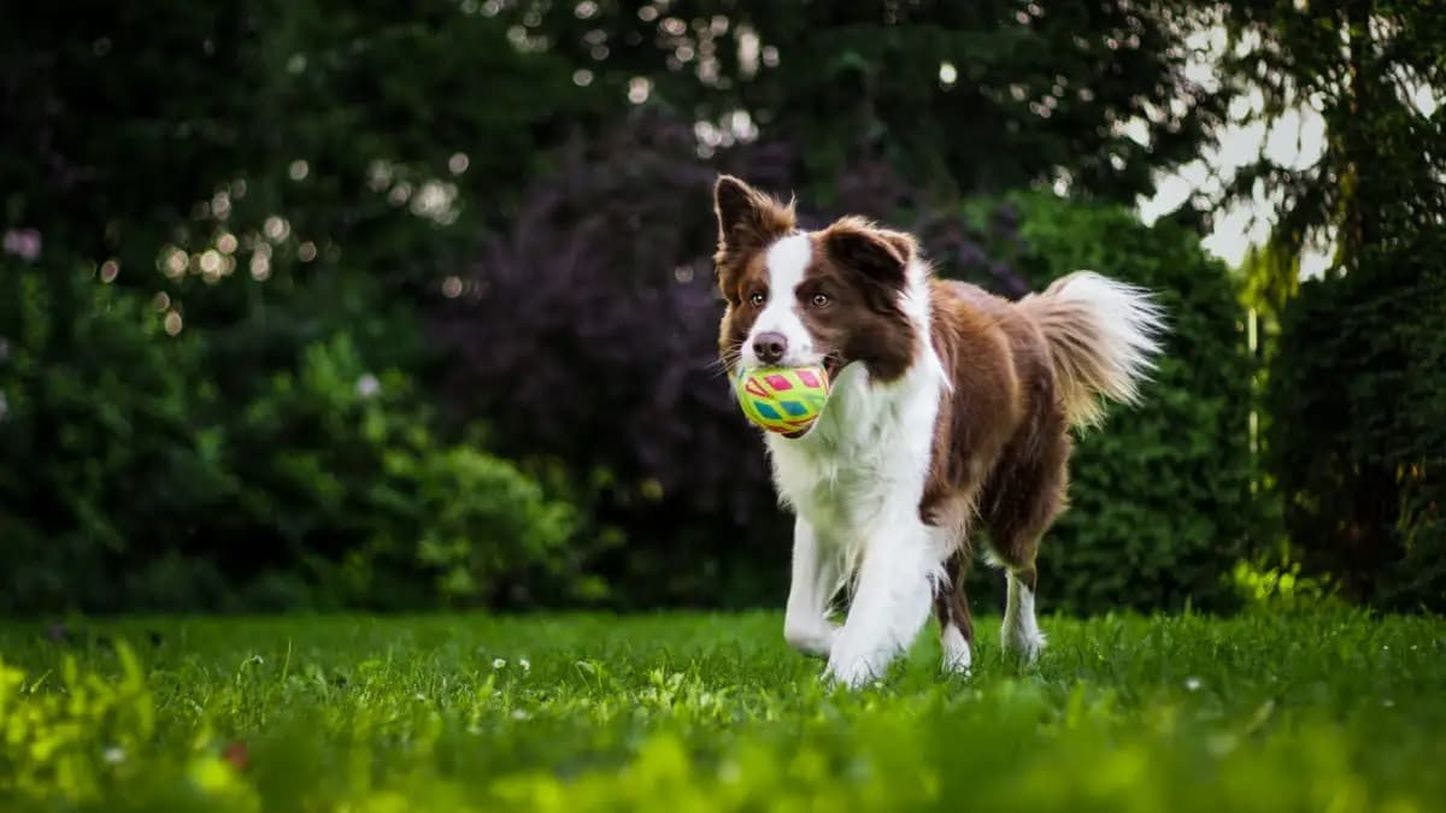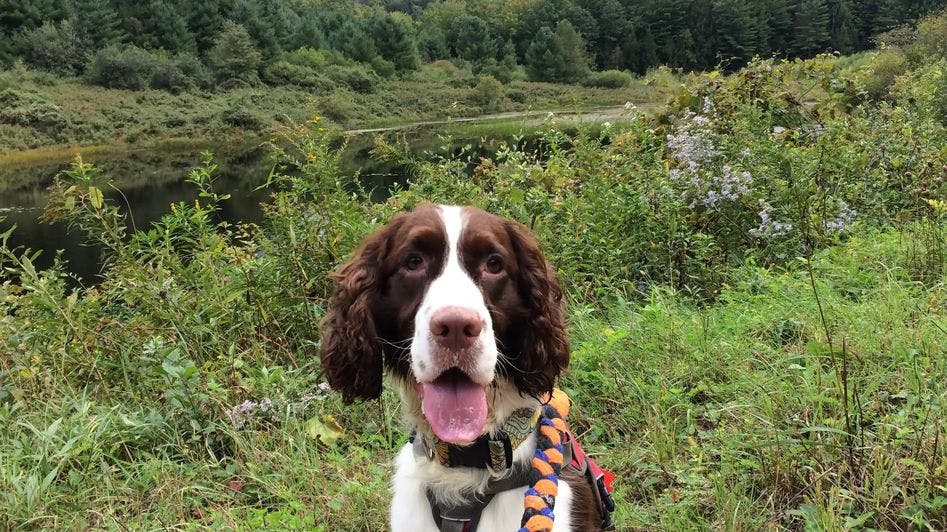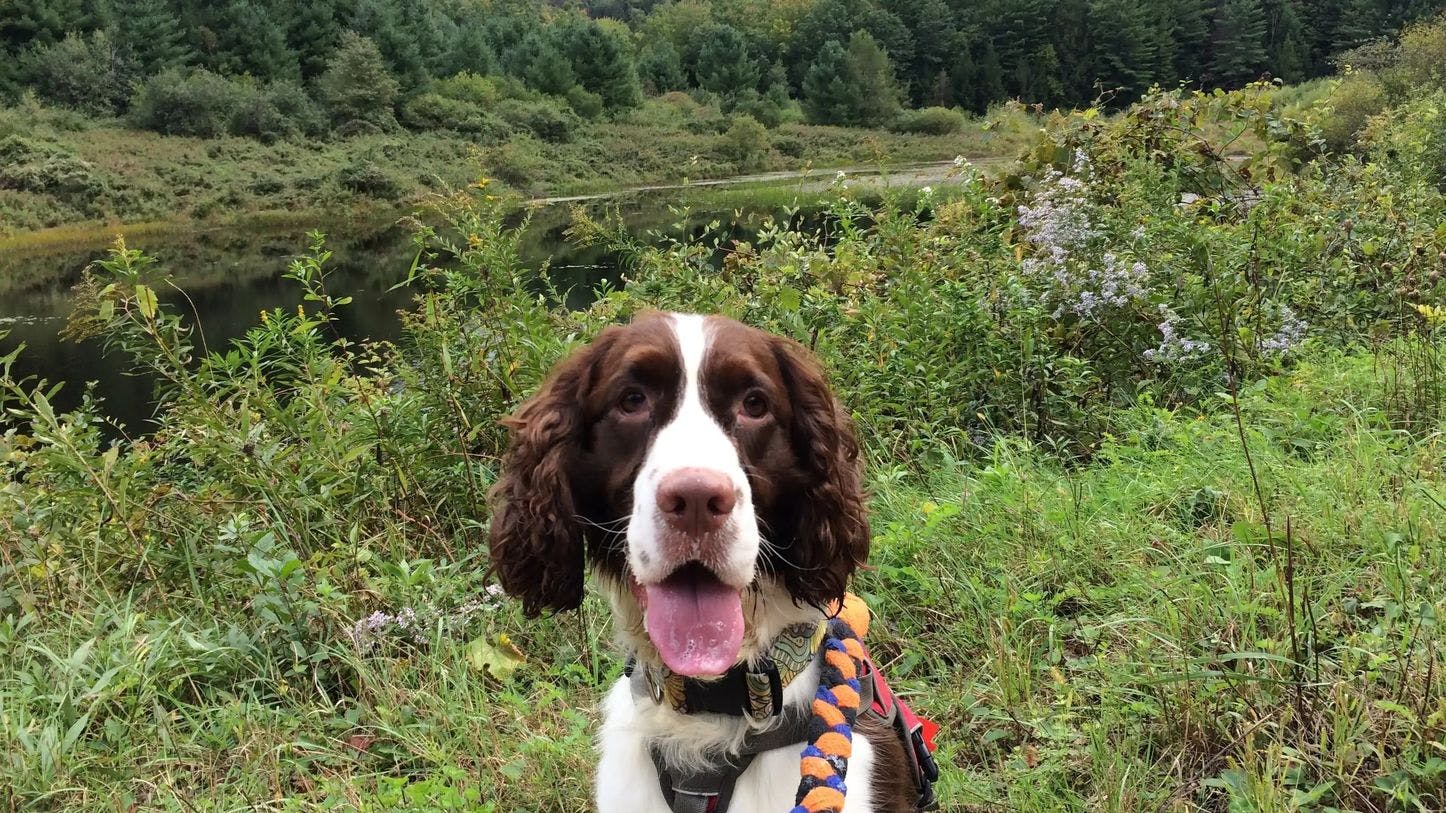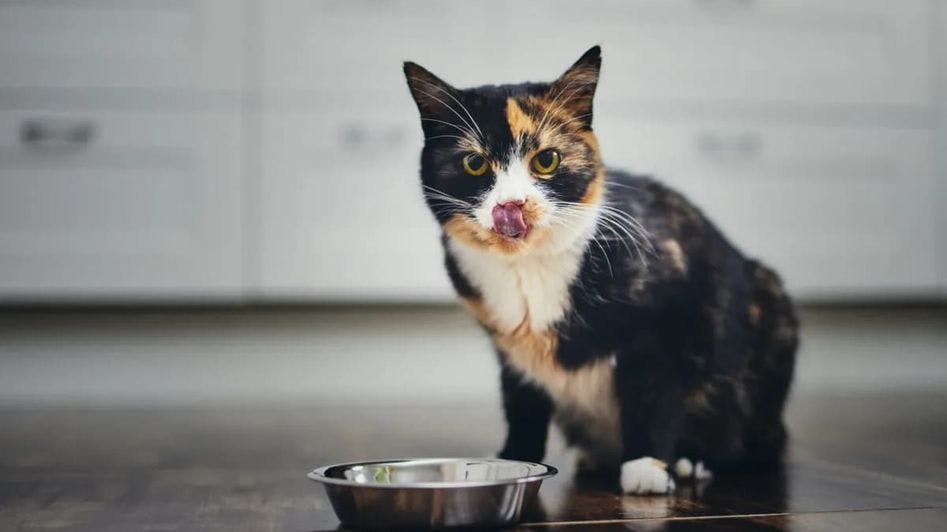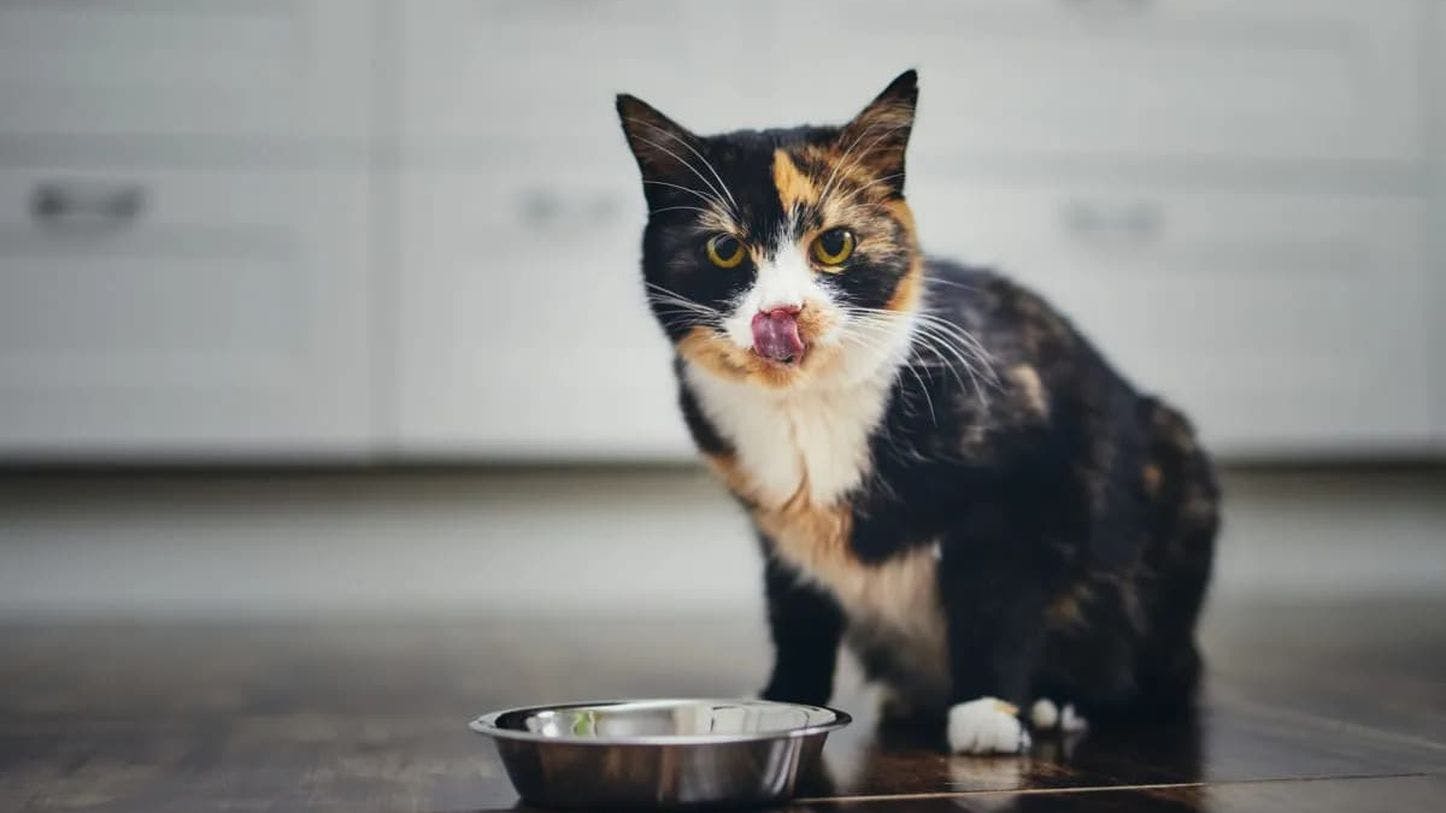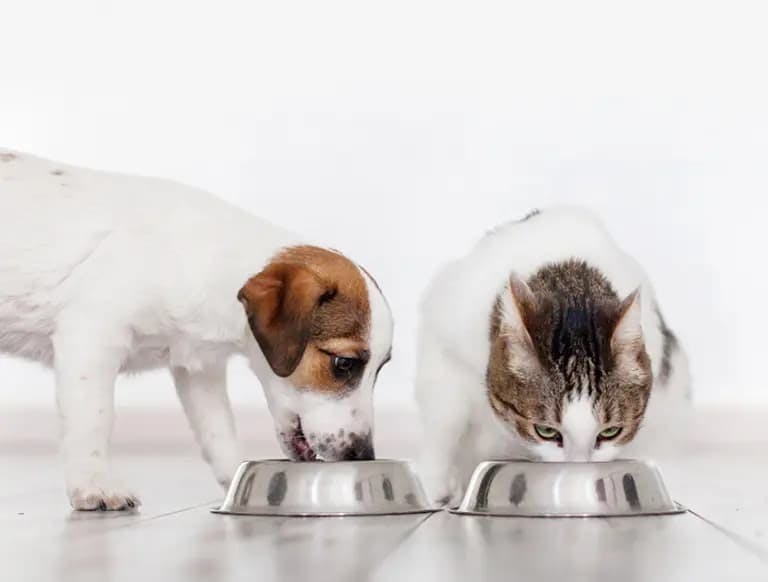
Getting Started
A Complete Guide to Properly Storing Raw Pet Food for Maximum Safety and Nutrition
6.25.2020
A Complete Guide to Properly Storing Raw Pet Food for Maximum Safety and Nutrition
How to Store Raw Cat and Dog Food
Most raw pet food is available in two categories: freeze-dried and frozen. The storage guidelines for each category are intuitive and easy to remember.
Freeze-dried: Store freeze-dried products in a cool, dark place like a cupboard or pantry with a door and reseal it in its original packaging.
Frozen: Keep frozen food in your freezer until you’re ready to use it. When ready to feed your dog or cat, simply thaw your pet’s daily feeding portion in the refrigerator.
How Long Can Raw Food Stay in the Fridge?
Once you thaw your frozen raw pet food in the fridge, you should use it within four to five days.
Does Freeze-Dried Pet Food Need to be Refrigerated?
If you use freeze-dried raw pet food, you can store it in its original resealable packaging at room temps. For best results (yummiest taste and most potent smell), it’s best to use freeze-dried food within 30 days after opening.
Raw Food Storage vs. Regular Kibble
While regular kibble needs to be transferred from big bags to a different container and painstakingly portioned each meal, our smaller bags of raw, freeze-dried, and frozen pet food can be stored in their original containers and are easier to store because they take up less room. Plus, they’re easier to portion because there’s no scooping out of a big container.
The difference between raw and kibble diets is easy to remember if you think, “bigger bags = bigger poops, smaller bags = smaller poops.” Raw diets are packed with essential nutrients and protein-rich ingredients that are easy to digest, so your pet creates less waste.
For more information on Vital Essentials and our full product line, follow us on TikTok and Instagram. And if you have any questions, be sure to check out our FAQ page for answers. Together, we can ensure your pet gets the proper nutrition they deserve.
Featured in this article:
